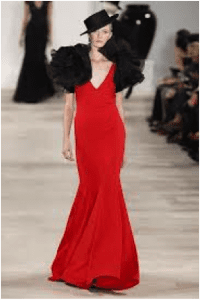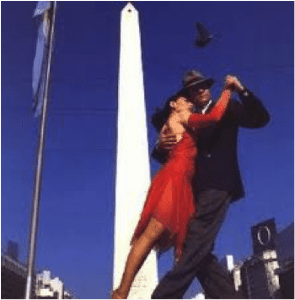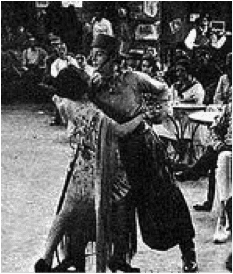A notion is a piece of information stored away in your brain’s memory. It could be a bit of information you learned at school, an idea you read in a book or your reaction to something you have seen, smelled or tasted. Notions need not be factual or even true. If you believe in Santa Claus, then this is a valid notion as far as you are concerned.
Notions come from all over the place. Here is an example: Ralph Lauren recently launched its latest collection, called “Argentina.” Being an Argentinian, I was puzzled about the look, as it had nothing to do with my country and the way we dress, in the past or in the present. This confusion is compounded when tourists come to Buenos Aires looking for the kind of clothing dear Ralph was designing. Top boleros, torero hats, etc. Here is an image from Lauren’s collection:
Now, lets compare this with the real tango outfits:
So… Argentina looks quite different from the dreams of designers. But it turns out the notion wasn’t pulled from thin air. Italian actor Rudolph Valentino (May 6, 1895 – August 23, 1926) was also an early pop icon and a sex symbol of the 1920s. He was known as the “Latin Lover,” and in many of his Hollywood movies he danced a version of the tango. Here is a photo:
Does this sound familiar? Since then, most Americans have associated Valentino’s tango with my country, similar to how, for many people, Brazil conjures an instant image of Carmen Miranda donning her famous fruit hat.
The lesson here? Next time you are looking for creative ideas, be sure to follow your notions to their roots, in order to learn where they came from – many of them can be traced to the past 100 years of Hollywood, and some will go back even further than that.
The surprising results you find when you dig deeper can provide additional inspiration for conversations or brainstorms. Getting to know the original sources – movies, books, art or anything else you discover – can provide fodder for great storytelling.
This piece first appeared on The Holmes Report.





